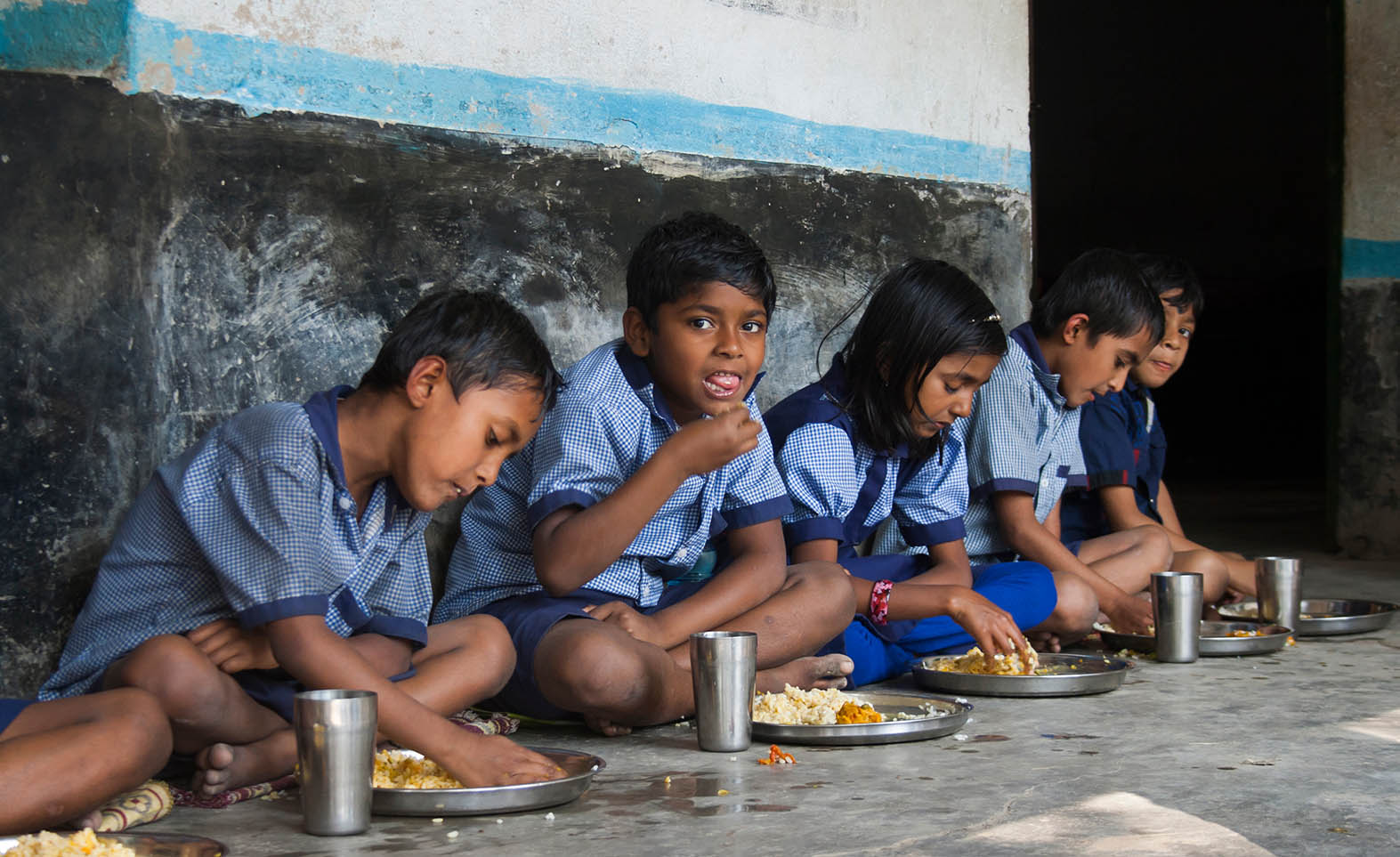
February 26, 2024
NITI Aayog CEO B V R Subrahmanyam highlights the long-awaited consumer expenditure survey's insights into poverty and its alleviation measures
Rural and urban areas both show a 2.5-fold increase in consumption, signalling progress nationwide
Consumption in rural areas grows faster than in urban areas, narrowing the rural-urban gap to 71% compared to 84% in 2011-12
NSSO survey reveals a decline in the consumption of cereals and food, indicating changing spending patterns with increased prosperity

The most recent consumer expenditure survey reveals that the poverty rate in the country has dropped to 5%, indicating increasing prosperity in both rural and urban areas, according to NITI Aayog CEO B V R Subrahmanyam. The National Sample Survey Office (NSSO), under the Ministry of Statistics and Programme Implementation, released data on household consumption expenditure for 2022-23, showing a more than twofold increase in per capita monthly household expenditure compared to 2011-12.
Subrahmanyam stated that the long-awaited consumer expenditure survey provides valuable insights into the poverty status and the effectiveness of poverty alleviation measures. The survey findings suggest that poverty in India is now below 5%. The data categorised people into 20 groups, revealing an average per capita monthly expenditure of INR 3,773 in rural areas and INR 6,459 in urban areas. The 0-5% fractile class showed an average per capita monthly expenditure of INR 1,373 in rural areas and INR 2,001 in urban areas.
Subrahmanyam stated that poverty is primarily concentrated in the 0-5% group. He highlighted that economists will further analyse the data to determine precise figures. According to the survey, consumption in rural and urban areas has increased approximately 2.5 times, indicating progress nationwide. Notably, consumption in rural areas is growing faster than in urban areas, reducing disparities. The survey data shows a decrease in the consumption of cereals and food, particularly in rural areas.
The CEO noted a significant shift in consumption patterns, with people spending more on non-food items due to increased prosperity. The survey findings suggest a need to rebalance the consumer price index (CPI) to reflect current consumption patterns. This could impact inflation and influence GDP calculations, as food’s contribution to CPI inflation may be lower than previously estimated.
Source: Economic Times